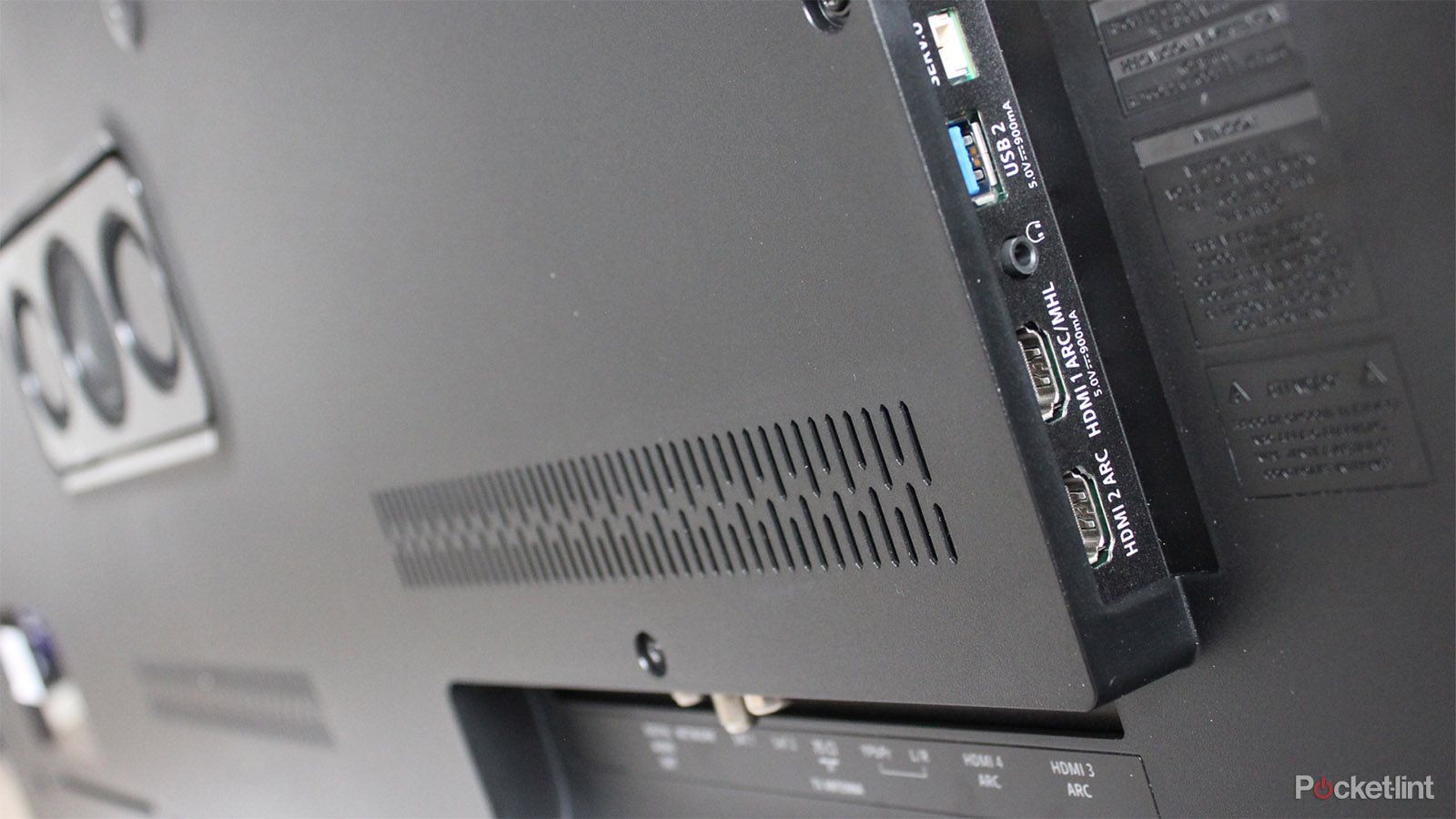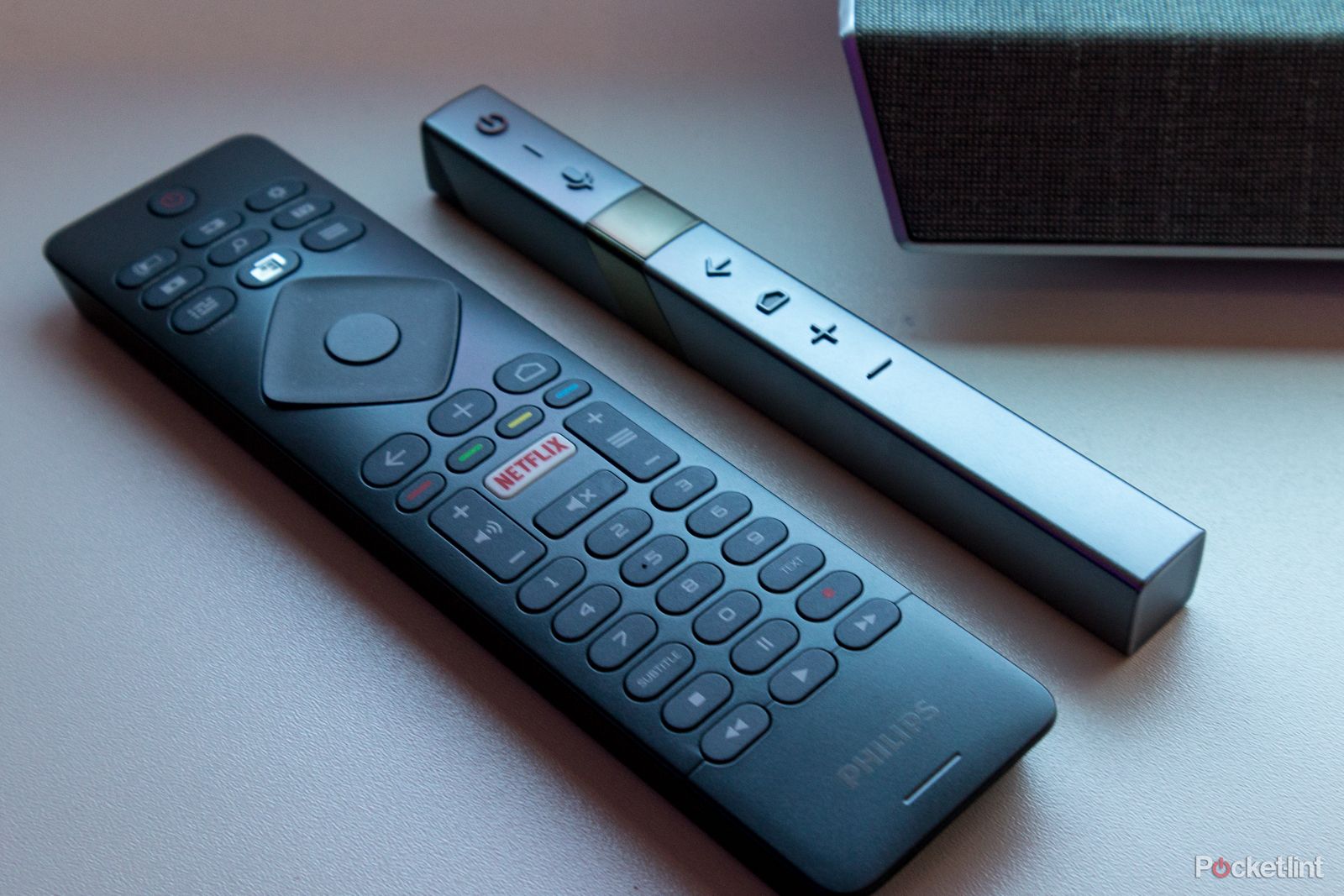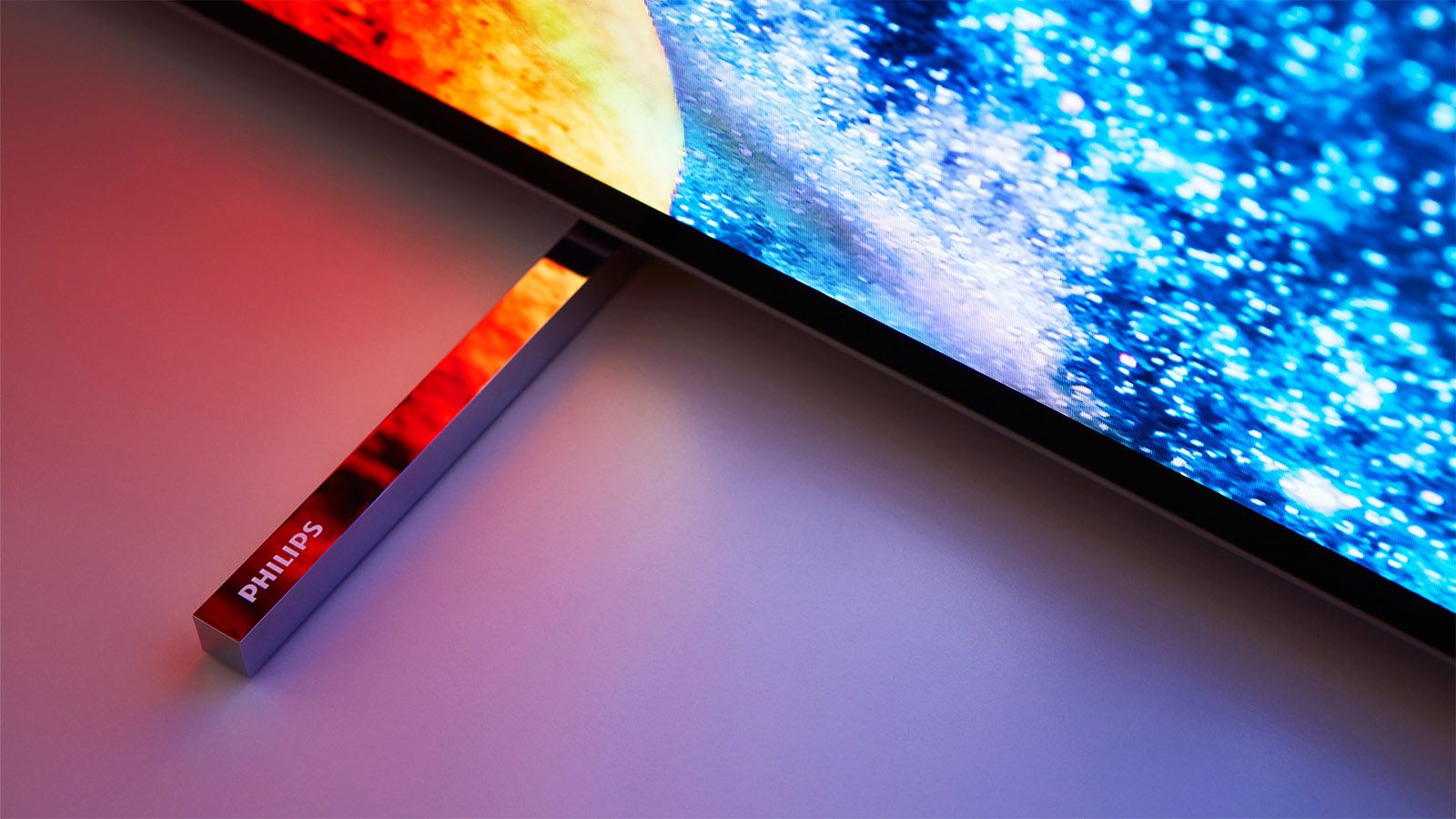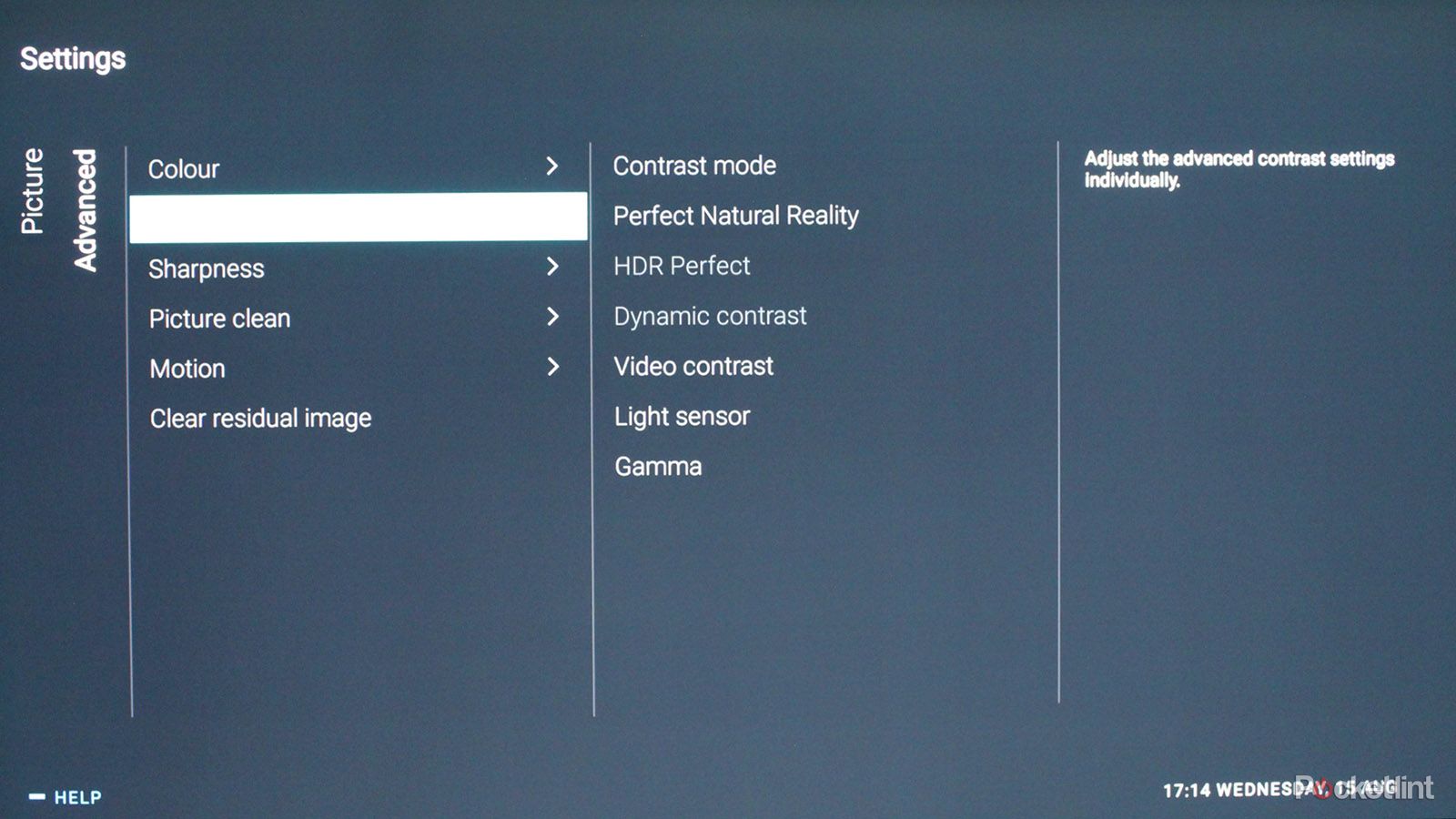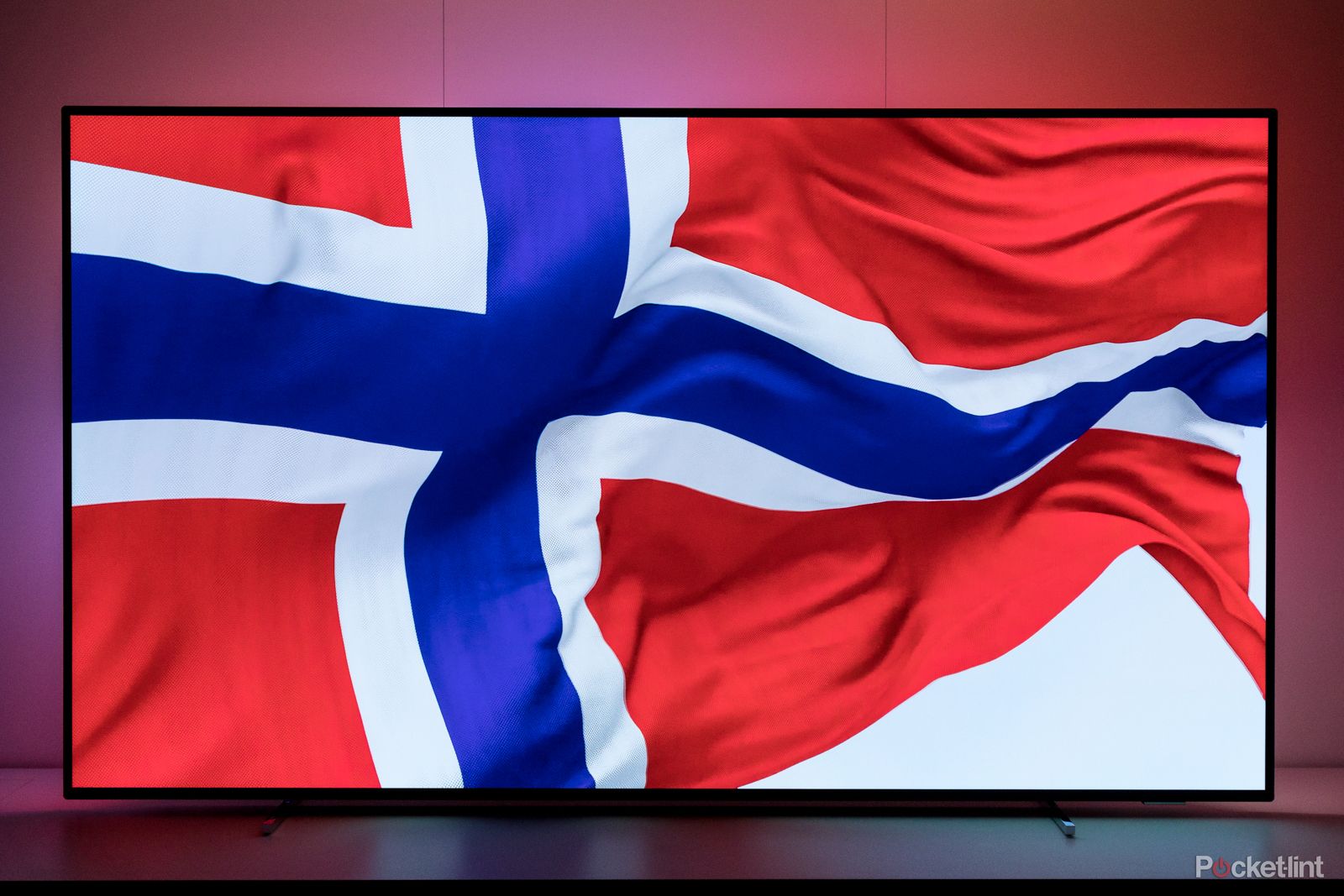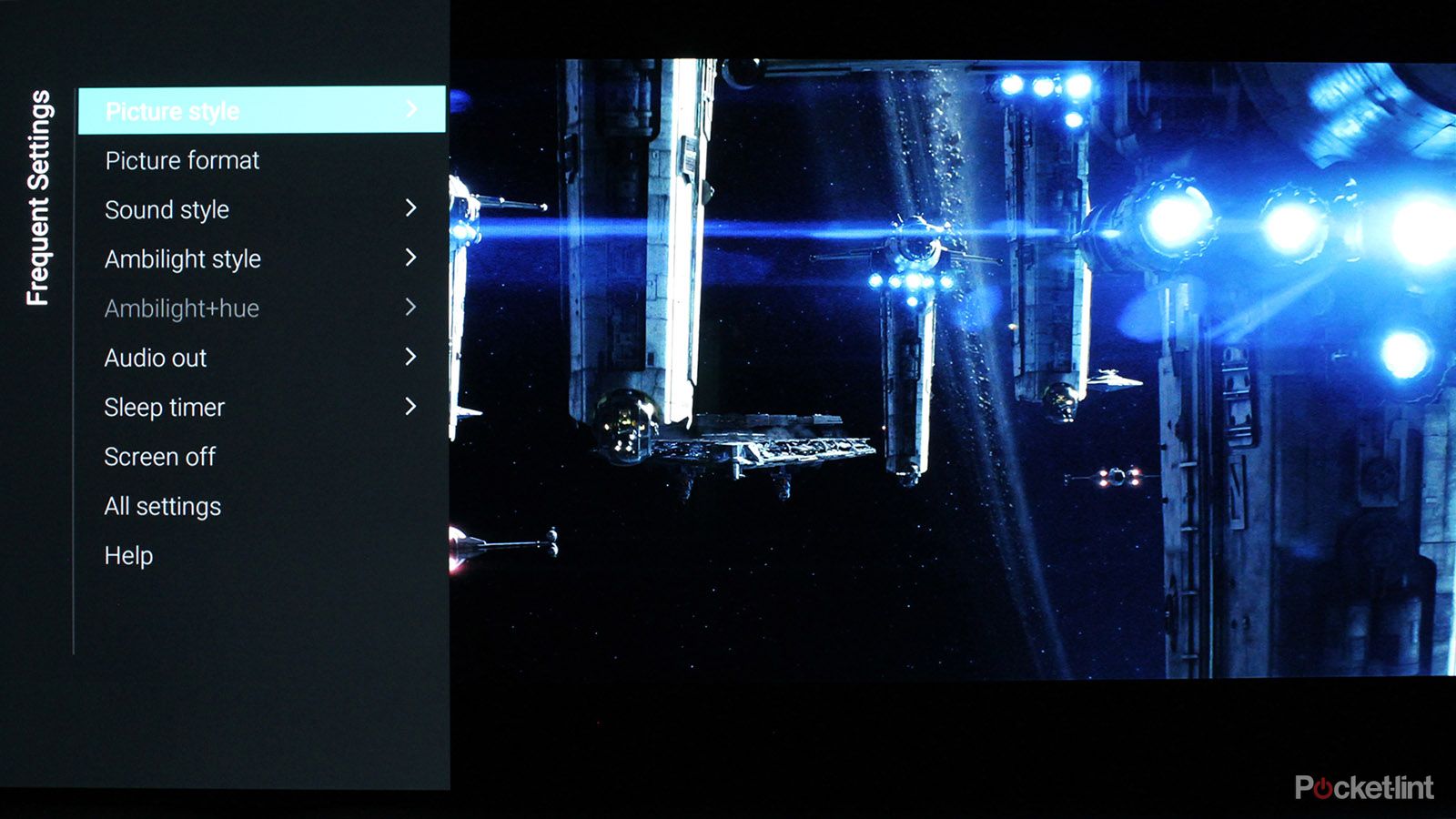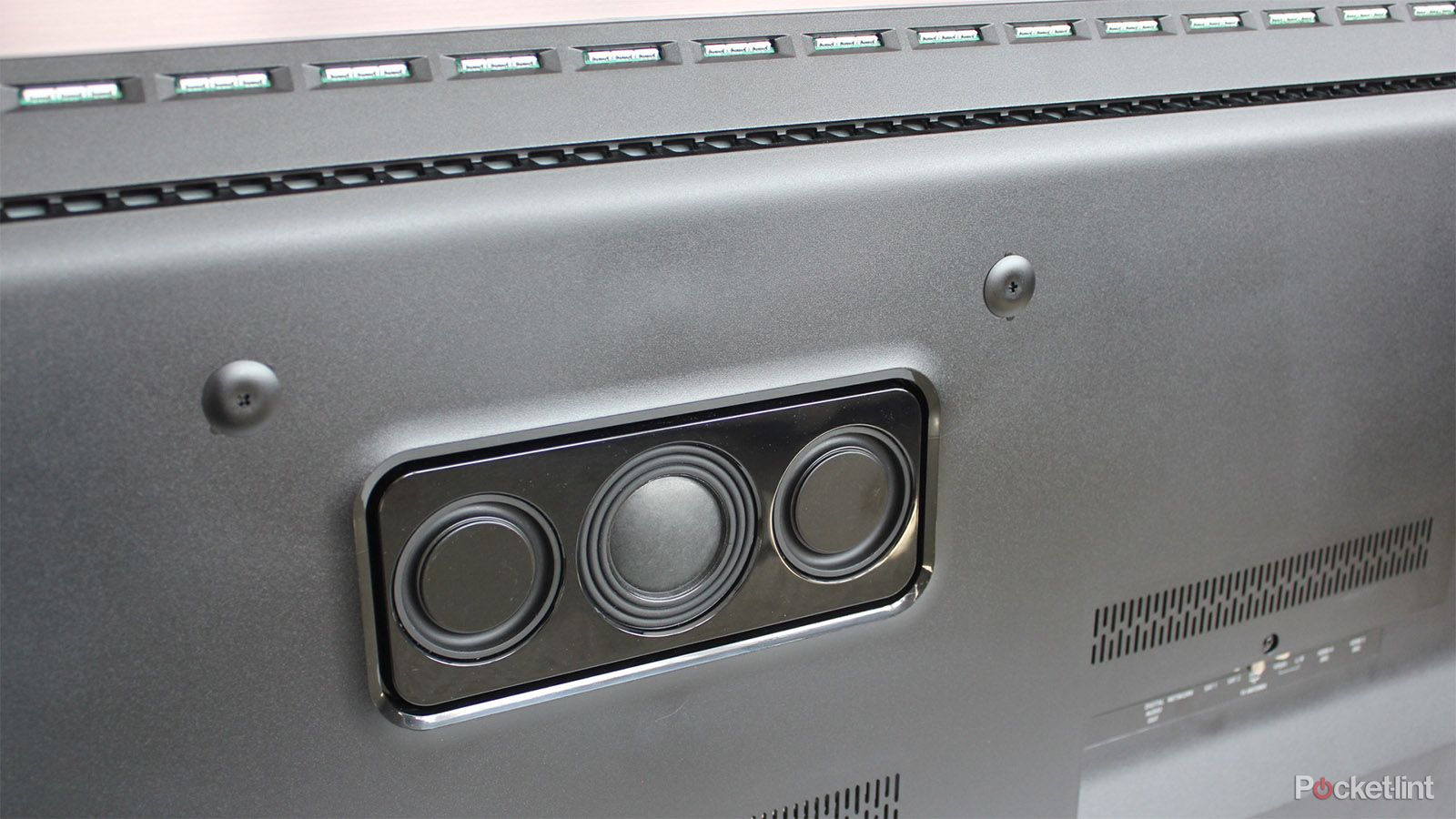The 803 is the first Philips OLED flatscreen TV to feature the brand's second-generation P5 Perfect Processing Engine, which claims to offer twice the picture performance of its predecessor. Given that the original silicon was no slouch, that set our expectations high.
The 803 also features Philips Ambilight room lighting – find our explainer here to see why it's always a crowd pleaser – and a retooled audio system (so theoretically no need for a soundbar), along with a price tag that's the right side of generous for an OLED panel such as this.
Indeed, this Philips is pound-for-pound the same price as the already excellent LG C8 OLED. Are you salivating yet? You should be. Here's why Philips is at the top of its game at last.
Our quick take
Overall, the Philips OLED 803 is a strong contender in an already impressive 2018 OLED field. Ambilight gives it a unique advantage, and it has another winner in Perfect Natural Reality, probably the best SDR-to-HDR image processor we've seen since Sony's object-based HDR remastering.
The lack of catch-up is an irritant, however, but given that most users will have another device offering ITVHub or All4, that shouldn't be a deal breaker. The lack of Dolby Vision may prove a bigger hurdle, especially compared to LG's C8 OLED, but only if you have a compatible player and software investment.
What Philips finally has got right is the price: at around £2000 this is a superb screen for the money, easily able to take-on LG's OLED equivalent. The OLED game just got even more exciting thanks to this Philips set.
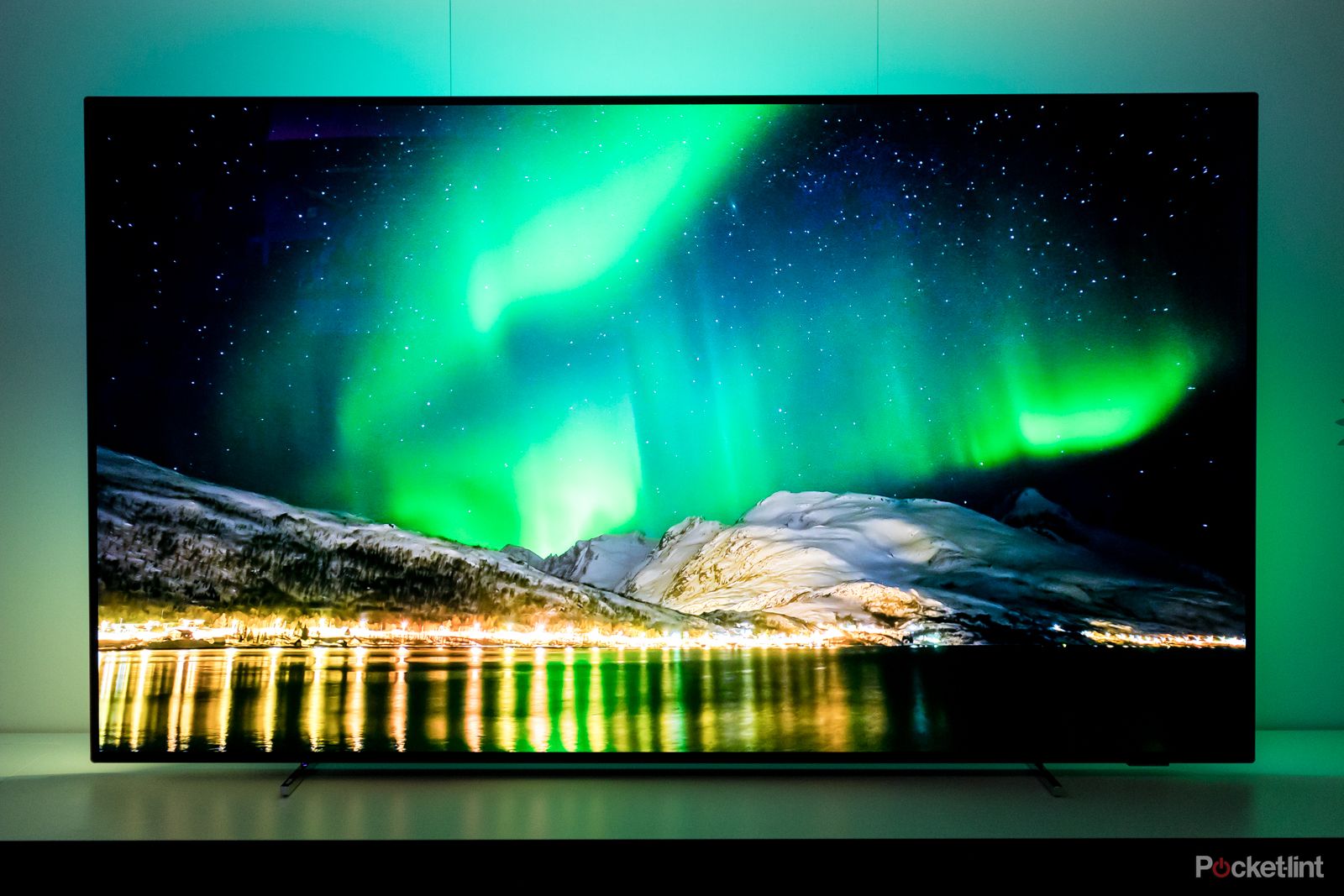
Philips 803 OLED TV (55OLED803) - 5.0 / 5
| FOR | AGAINST |
|---|---|
|
|
Philips 55OLED803
Design
- Three-sided Ambilight lighting system
- Blade-thin panel (4mm, full set width is 49.3mm)
- 4x HDMI (2x 4K capable), 2x USB, Ethernet, Wi-Fi, optical
- Two remotes: Bluetooth pointer and full-size with keyboard
The 803 looks as swish as you might imagine. Philips minimalist design features an ultra-thin bezel with a smart brushed metallic finish. The panel, predictably, is blade thin, swelling out only to accommodate electronics and inputs.
The 55OLED803 offers four 4K capable HDMI inputs with HDCP 2.2 support (to ensure 4K streaming and sources are compliant), but only two are the full-fat 2160/60p format – so you may have some issues if you've got a lot of 4K plug-in equipment. There are also twin USB sockets and an AV minijack for composite and component hook-up. Ethernet complements built-in Wi-Fi. There's also an optical audio output for exterior sound system use.
The screen ships with two remotes. One is a finger-thin Bluetooth pointer with downsized touchpad, the other a more conventional clicker, albeit with a full keypad on the flip.
Smart platform
- Android TV operating system
- 4K Services: Netflix, Amazon Video and Youtube
The 803 runs Android N and has 16GB of expandable onboard memory. To be honest, Android is a tough TV operating system to love in its current guise, just as we've said of it in Sony TVs past and present. The good news is there's a software upgrade to Android Oreo on the cards, complete with new user interface (UI) and Google Assistant voice control functionality. Alexa users shouldn't feel left out, as there's a skill for the Amazon voice system that will bring the set under Amazon system control.
One unfortunate consequence of Android TV is no Freeview Play (the two don't play ball for some reason), which means no roll-back TV guide, and limited catch-up TV options. The Freeview HD electronic programme guide (EPG) is disappointingly basic, with no picture-in-picture (PIP) or even audio overlay. Key apps include iPlayer, Netflix, Amazon Prime Video, YouTube, Google Play, Rakuten TV, Dailymotion, BBC News and Sports. Netflix and Amazon are 4K HDR enabled, as is YouTube 4K. But you'll note the lack of All4 ITVHub in there.
New panel, new processor
- High Dynamic range format support: HDR10, HLG and HDR10+
- 4K/Ultra-HD (3840 x 2160) resolution
- Brighter sub-pixel design than before
The panel itself is 2018 fresh, with new sub-pixel design (under a microscope red and green look vaguely like a musical note). This has enabled the light output to be increased by around 10 per cent compared to the last-generation model.
That extra brightness brings better high dynamic range (HDR) performance, with a variety of formats supported. Additional information about those can be found in our features, links below.
- What is HDR and which TVs support it?
- What is HLG and why should you care?
- Mobile HDR and HDR10 explained
- What is Dolby Vision? The HDR tech explained
HDR10 and Hybrid Log-Gamma (HLG) HDR support are standard. The 803 also heralds Philips as a signatory to the HDR10+ Alliance. This dynamic metadata open standard is setting itself up as a rival to Dolby Vision (which the Philips notably lacks), but software support remains conspicuous by its absence... for now. HDR10+ promises more detail in shadow areas, as the image is analysed and optimised on a frame-by-frame basis.
So what of the 803's overall picture performance? It's certainly something special, although you'll need to navigate a forest of settings to get the best from it.
Philips engineers have also fine-tuned the set in many areas. Skin tones look exceptionally real, even against strongly saturated backgrounds. Local contrast enhancement, which pulls detail from areas that might be lost in shadow, also works well. Images have bags of contrast.
Advanced digital noise reduction (DNR) sets out to reduce indiscriminate smearing, usually caused when a processor mistakes detail for grain. There have also been improvements made to MPEG noise reduction, to minimise Mosquito noise and macro blocking. Overall, the 803's image is consistently clean and crisp.
Of course, the vast majority of material you'll watch on this screen is likely to be standard dynamic range (SDR), which is where new wizardry, dubbed Perfect Natural Reality, comes into play.
Upgrading SDR to HDR
- Perfect Natural Reality processing
- Multiple HDR viewing modes
Perfect Natural Reality, exclusive to the second-gen P5 processor, is a contrast enhancing cocktail which uses an intelligent contrast algorithm to enhance images (brightness, sharpness and contrast) in every scene, all on the fly.
The effect can often be very subtle, but is always effective. In Batman V Superman: Dawn of Justice (UHD Blu-ray), when Clark Kent heads up to the mountain after the Capitol Hill tragedy, and encounters Pa Kent, the ice memorial gains an extra contrasty edge with this mode engaged.
Picture presets comprise Personal, Vivid, Natural, Standard, Movie, Game, Monitor mode, plus ISF Day and Night. The two most consistently enjoyable viewing modes are Standard and Natural.
With HDR content, the presets switch to HDR Personal, HDR Vivid, HDR Natural, HDR Movie, HDR Game, plus ISF Day and Night. Choosing between them can significantly affect performance.
Test patterns confirm that while the HDR Movie resolves full 4K resolution, it looks positively soft compared to HDR Natural or HDR Vivid. Watch the opening text crawl in Star Wars The Last Jedi (UHD Blu-ray) in HDR Movie mode and half the stars vanish. HDR Natural and HDR Vivid put them back.
The 803's HDR performance is right up there with the competition. We measured peak brightness of just over 830nits (with a five per cent HDR window). This is certainly good enough to celebrate specular highlights on an OLED panel such as this, putting it almost exactly on par with the LG OLED C8.
Motion handling and gaming performance
- Perfect Natural Motion
- Perfect Clear Motion
Motion handling is a gloves on or gloves off affair though. Select the Movie mode from the Picture Styles option and you'll enjoy images free of motion artefacts, albeit with a little judder and loss of motion clarity. The other options (Sports, Standard, Smooth and Clear) all improve pan stability and detail, but bring with them motion artefacts that halo around moving objects. The Personal setting allows you to tweak Perfect Natural Motion and Perfect Clear Motion settings, and it's here you should experiment to find an acceptable treatment for fast-moving sports footage.
The 803 represents a reasonable proposition for gamers. Hook your console up and play using the Standard image preset and you'll encounter 55.4ms of input lag. Selecting the dedicated Game setting drops this to 38.8ms. It's not an exceptional performance, but is unlikely to impede most console games.
Sound performance
- 2.1 channel system
- Total output power 50W
Audio quality is pleasingly beefy, given the slimness of the set. A long-throw, rear triple ring woofer (derived from a design created by Philips Woox audio offshoot), is supported by two passive radiators. The result is a creditable amount of bass. Total output power is quoted at 50W.
A new oval mid-range driver, plus a separate soft dome tweeter, improves stereo separation. As such, we don't think you'll be in a hurry to add a soundbar.
Philips 55OLED803
To recap
Philips has produced a humdinger of an OLED telly when it comes to picture quality. Add a slick design, decent audio and crowd-pleasing Ambilight, and this is a set to shortlist - provided you can live with the inelegant Android TV operating system.

